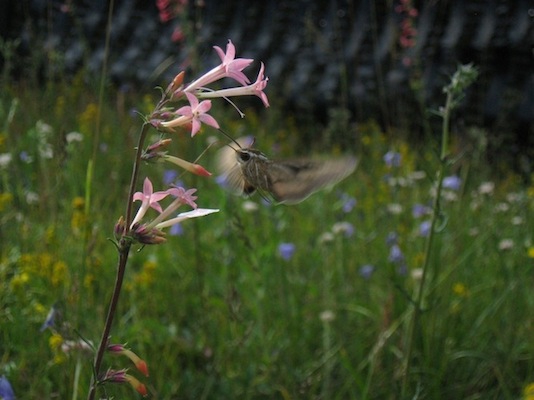Flowers are extremely diverse and vary in color, scent, shape, and the reward used to attract pollinating insects or birds. These traits are thought to have evolved principally as adaptations for attracting and exploiting pollinators which, in turn, evolve characteristics improving their ability to forage on particular flowers. An important aspect of this co-evolutionary process is that it may lead to divergence among plant populations adapted to different pollinator communities and eventually speciation. The typical view is that adaptation to the most abundant or efficient pollinator in an isolated population results in floral divergence, and that subsequent pollinator preference or mechanical isolation will limit intercrossing if diverged populations come into secondary contact. Co-evolutionary change coupled with the development of pollinator isolation is arguably one of the most important processes generating diversity in the flowering plants. Nevertheless, we know virtually nothing about the genetic basis of this divergence or the dynamics of the process. A long-term goal of my research is to explore the adaptive radiation of pollination strategies within the phlox family (Polemoniaceae). We hypothesize (along with many researchers) that pollinator isolation has been a key process resulting in speciation and adaptive radiation in the Polemoniaceae, and specifically in the genus Ipomopsis.



